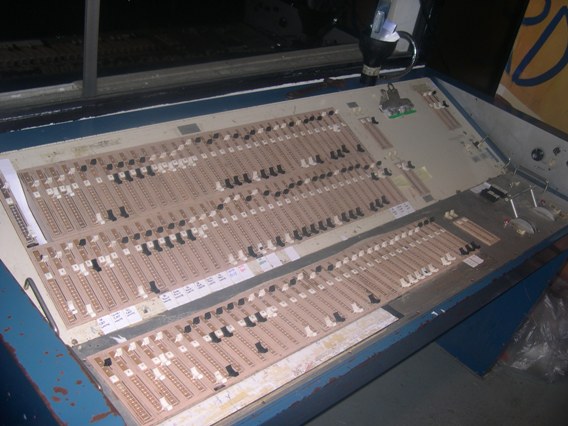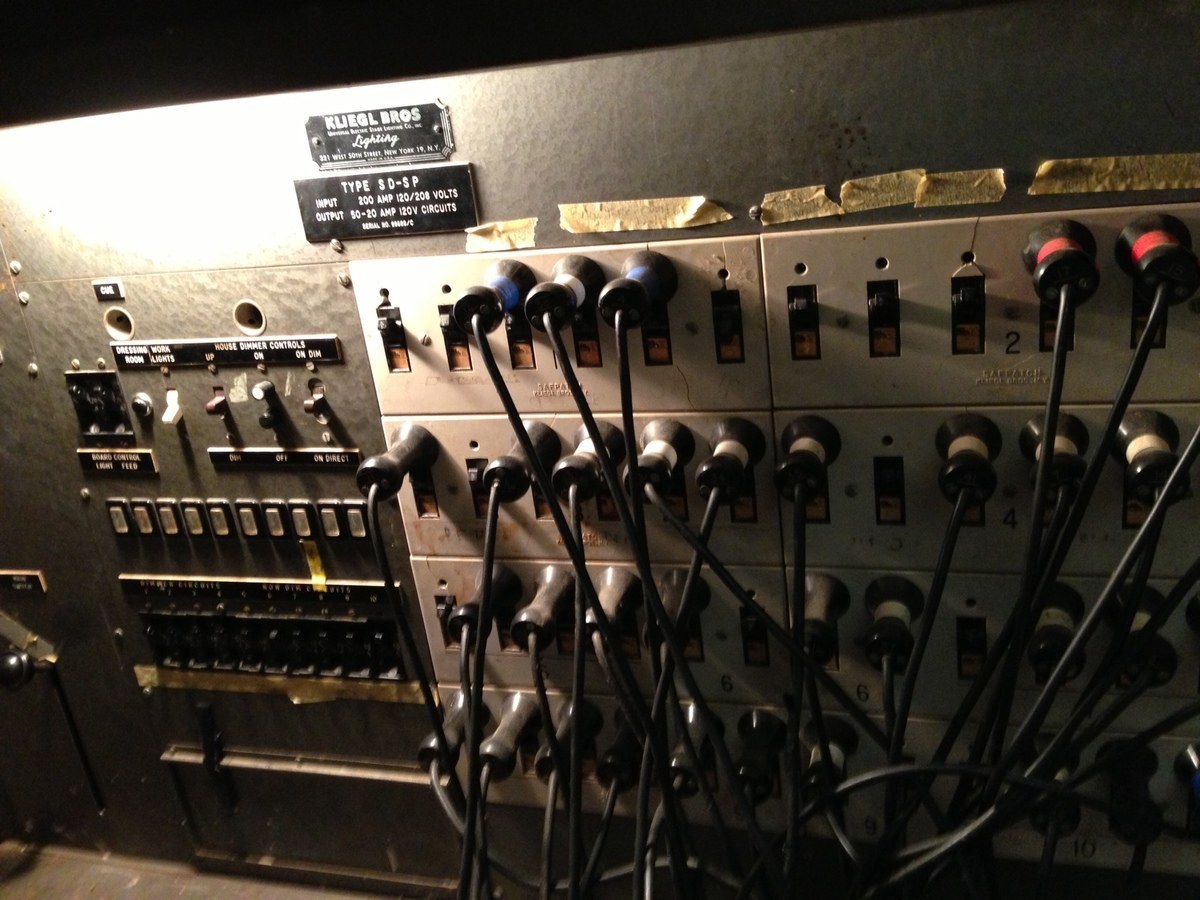Mentoring the Future of Our Industry
Posted on January 28, 2016The future of the lighting industry is in our hands. That seems like a big responsibility, and it is, but together, we can make sure that the next generation of lighting professionals is ready to face the challenges of entertainment lighting as we move evermore forward into the digital age of lighting.
For those of us in the 40+ portion of the industry, we all remember the world before DMX. A lot more cable, clunky control systems, and dimmer racks that went on for miles. With the advent of LED and the Windows based lighting controllers, that all changed. Now, when I hear someone say that they can focus a par can rig in no time flat, I have to think to myself, “Yea, that’s great, but when is the last time you saw an all par can rig?” The truth is that the skill of being able to focus a par can rig is now almost part of our history. That is like saying “I know how to use a telephone style patch board”. Many lighting professionals today have never seen one of those old 2 scene preset consoles that we used to use that had those old systems. Again, it’s all history. BUT HISTORY IS IMPORTANT!!! and by mentoring the people coming up in the industry, we can make a positive impact on the future, so when we retire, we know we have left it in good hands.

I am not suggesting that we should force people coming up in the business to learn how to use a Kliegl Brothers 2 Scene Preset lighting system. The amount of asbestos in those old systems alone would be deemed an environmental hazard. I am suggesting that it is important to talk about them because the idea of how they ran is still relevant.
Let’s take patching for example. Now patching is almost always done one to one. This is to say, that there is one channel per circuit, or one channel of a fixture personality to one channel of DMX. It’s all done virtually on the console now. It used to be done physically on the side of the stage. Someone physically assigned pin (output circuit) 23 to dimmer (channel) 6. If this was the only channel assigned to dimmer 6, that was dimmer per circuit. However, most people used multiple circuits on a single dimmer so that they could maximize the amount of lights that would be controlled by a single dimmer. This meant that no matter what, when I raise up channel 6 on the console, dimmer 6 would bring up whatever lights were plugged into it. Why is knowing this important? It is important because if you can visualize the physical track that your channels take when you set up a system, it can help in system design and trouble shooting. Learning how patching works from someone who has physically patched fixtures will show you the value of understanding how your system layout actually works.

Now, back to the par can guy. Why is it important to be able to focus par cans quickly? The same reason it is important to focus anything quickly. Time is money. Learning how to focus lights from someone who has done it for a long time can be a big advantage. They know the tricks on how to find your best light, even during a daytime outdoor focus call quickly and effectively. Trust me, that is a great skill to have.

So, OLD GUYS, the next time someone asks you for your help or advice, don’t just throw them the line “I learned it the hard way, welcome to the game!” take a moment and actually help the person out. And by the same token, YOUNG GUYS, listen to what the experienced guys are telling you. They have a ton of life experiences that you don’t. Let the lessons they learned the hard way make your life a little easier. Trust me, you will have to learn enough things the hard way yourself. This is a collaborative business and there is room for everyone!